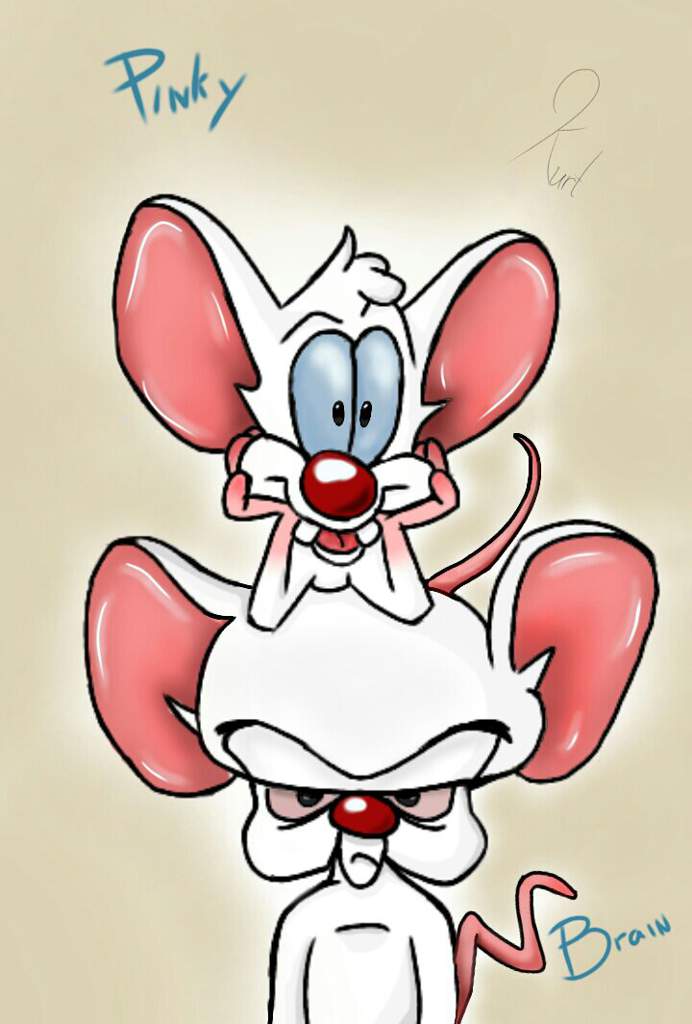

While in the fMRI, participants were shown a series of names – sometimes themselves, sometimes one of their nine friends, and other times one of the nine characters from “Game of Thrones.” Each name appeared above a trait, like lonely, sad, trustworthy or smart. The researchers were particularly interested in what was happening in a part of the brain called the ventral medial prefrontal cortex (vMPFC), which shows increased activity when people think about themselves and, to a lesser extent, when thinking about close friends. An fMRI indirectly measures activity in various parts of the brain through small changes in blood flow. They are inhabiting the role of that character.”įor the study, the participants’ brains were scanned in an fMRI machine while they evaluated themselves, friends and “Game of Thrones” characters. “They report matching the thoughts of the character, they are thinking what the character is thinking, they are feeling what the character is feeling. “People who are high in trait identification not only get absorbed into a story, they also are really absorbed into a particular character,” Broom said. One of the key findings involved participants in the study who scored highest on what is called “trait identification.” In a questionnaire they completed as part of the study, these participants agreed most strongly with statements like “I really get involved in the feelings of the characters in a novel.”

It was ideal for this study, Broom said, because it attracted a devoted fan base and the large cast presented a variety of characters that people could become attached to. “Game of Thrones” was a fantasy drama series lasting eight seasons and concerning political and military conflicts between ruling families on two fictional continents. Participants reported which “Game of Thrones” character they felt closest to and liked the most. (The characters were Bronn, Catelyn Stark, Cersei Lannister, Davos Seaworth, Jaime Lannister, Jon Snow, Petyr Baelish, Sandor Clegane and Ygritte.) The study involved scanning the brains of 19 self-described fans of the HBO series “ Game of Thrones” while they thought about themselves, nine of their friends and nine characters from the series.

The study was published online recently in the journal Social Cognitive and Affective Neuroscience. “When they think about a favorite fictional character, it appears similar in one part of the brain as when they are thinking about themselves,” said Timothy Broom, lead author of the study and doctoral student in psychology at The Ohio State University. Researchers found that the more immersed people tend to get into “becoming” a fictional character, the more they use the same part of the brain to think about the character as they do to think about themselves. If you count yourself among those who lose themselves in the lives of fictional characters, scientists now have a better idea of how that happens.


 0 kommentar(er)
0 kommentar(er)
